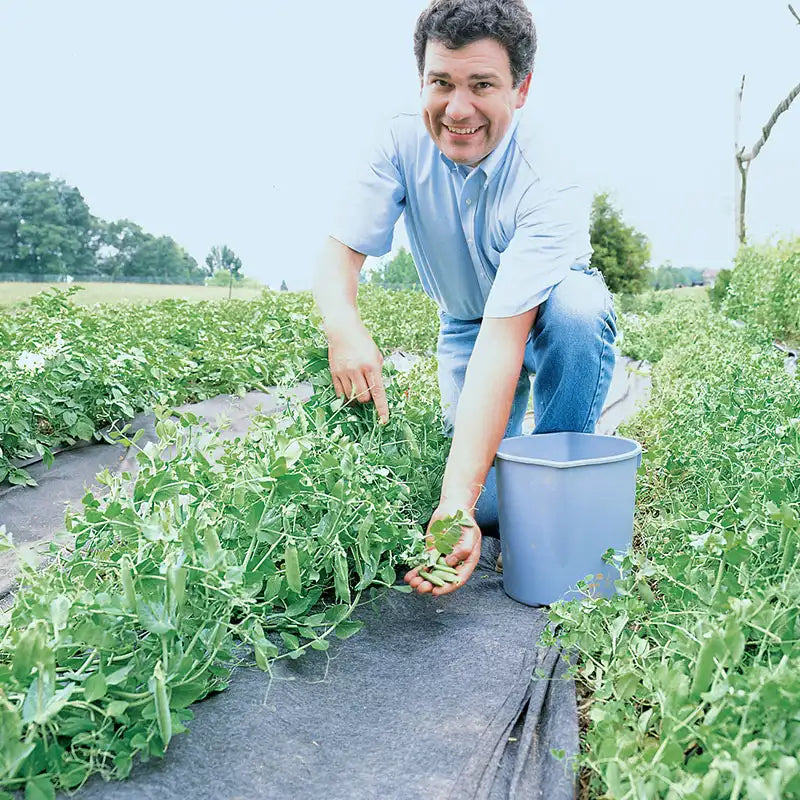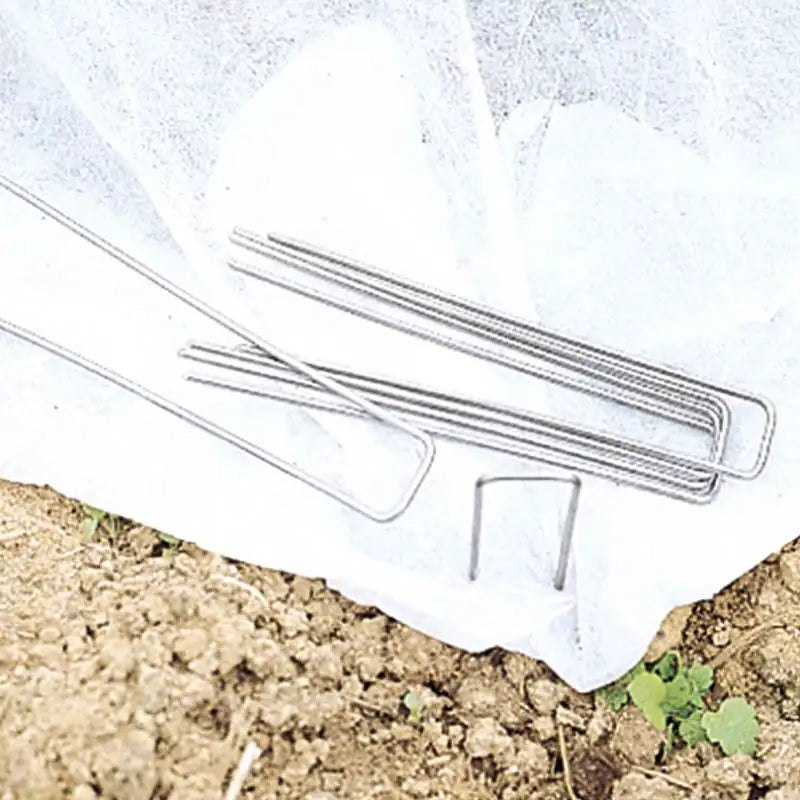Weeds That Shoot Their Seeds
- ---"N. Ivy"; Gaithersburg, MD
- ---Larry in Audubon, PA
Its small white flowers are similar to those of chickweed, another 'unwanted plant' that blooms early in the Spring. But chickweed is more of a flat, spreading, mat-like plant. And its seedpods aren't faster than a speeding bullet. Both weeds are remarkably easy to control in flowerbeds; just pull them, roots and all, out of wet soil. Chickweed comes out in big clumps, while bitter cress has a nice little stalk that gives you a handle to grab onto. Just remember to soak the soil first; all weeds come out of wet soil MUCH easier than dry.
But I like to wait until after the little white flowers form to pull these weeds. Their flowers open up right before the blooms on my fruit trees, attracting lots of the pollinators and beneficial insects I'll need to get a good fruit set and to fight all the pests that want to eat those peaches as much as we do.
If I'm paying attention and life cooperates, I'll pull the weeds while they're still in flower and before they set seed. Both weeds get composted —mixed into a good amount of shredded leaves hoarded from the previous fall; at least two parts leaves to every part green weed. The bitter cress typically comes up with a good amount of soil attached to its roots, which adds microbial life to the pile; and the chickweed has a lot of water content to help keep the moistness levels right.
If I don't get to them in time, I toast the seedheads with my trusty flame weeder before I pull the plants, just like I do with dandelions that have progressed to the puffball stage. Dandelion seeds burst into little flares of color—like Munchkin fireworks. Bittercress seeds explode with a loud 'pop'. (Organic gardening is SO much more fun than spraying hormonal disruptor around!)
Both weeds are also highly edible, especially when young. Chickweed is more nutritious than the salad greens that many people remove it to plant! And, although hairy bittercress (a member of the mustard family) doesn't have nearly as many wild food fans as chickweed or purslane (perhaps the most edible 'weed'), it does have some of the peppery taste of its namesake watercress, and it's loaded with cancer-fighting nutrients. Pick it before the flower buds form and it won't have nearly as much of the bitter edge that older plants take on. (Flowering changes the flavor of virtually all herbs and greens for the worse.)
In turf, weeds like bittercress are a sure sign of poor lawn care. The answer is not to poison yourself and the environment (and kill your grass) in a futile attempt to remove the weed, but to care for your lawn correctly and deny the weed a place to live. Take good care of your grass and a harmless little plant like this should never have a chance to get established, much less thrive.
For a Northern, cool-season lawn (one composed of cool-season grasses like rye, fescue and/or bluegrass) that means never cutting shorter than three inches, never feeding in summer, watering deeply but infrequently, and giving the lawn a big natural feeding in the Fall.
If you scalp the lawn, weeds will thrive. If you water it frequently for short periods of time, weeds will thrive. And if you feed the poor heat-stressed thing in summer, weeds will take over.
Oh—and don't use chemical herbicides. We hear they're murder on the poor grass….



